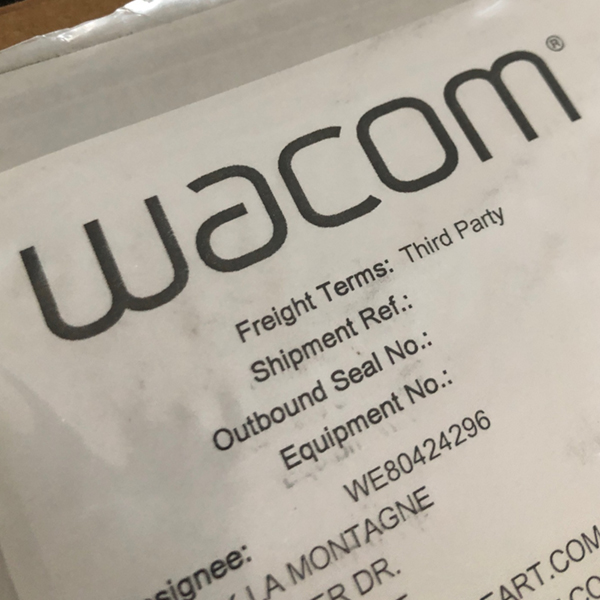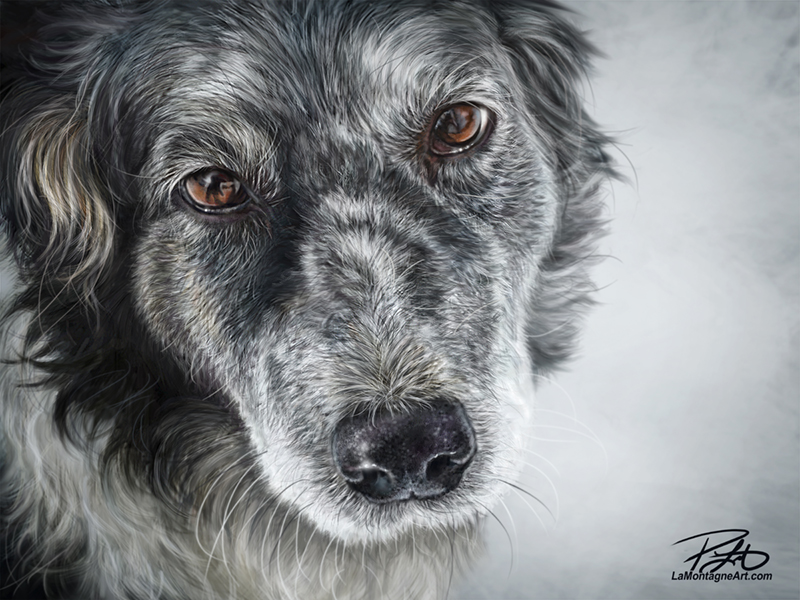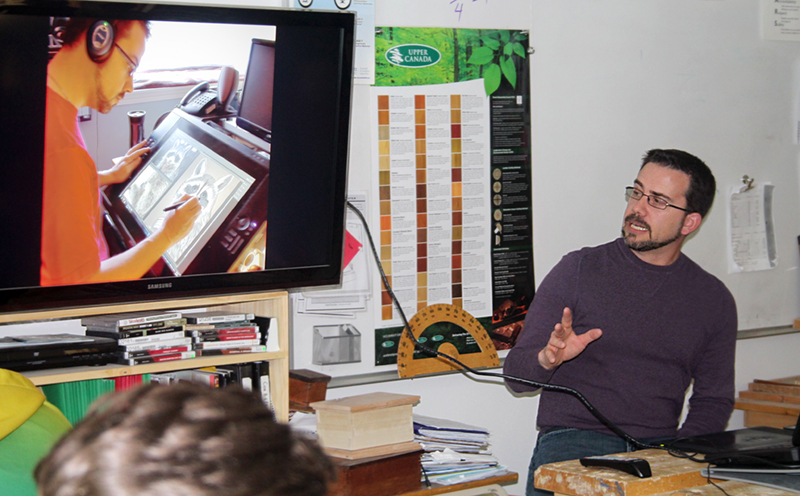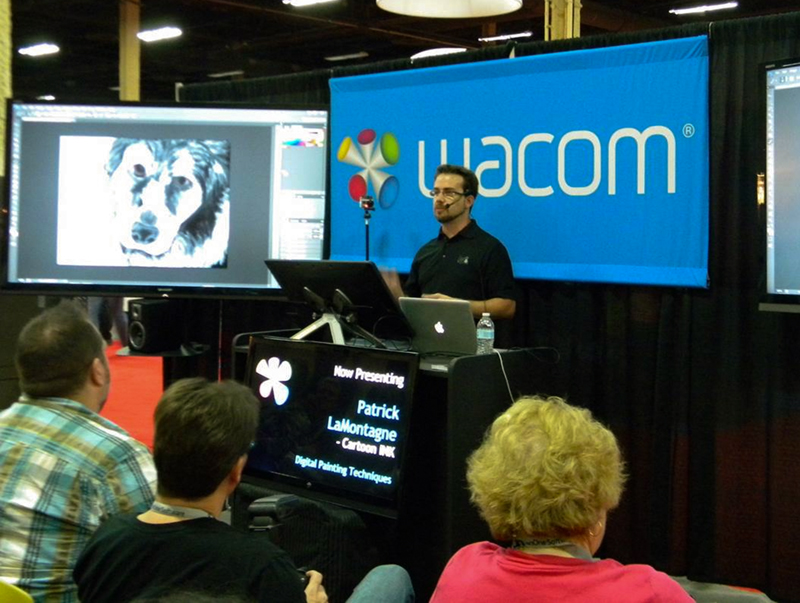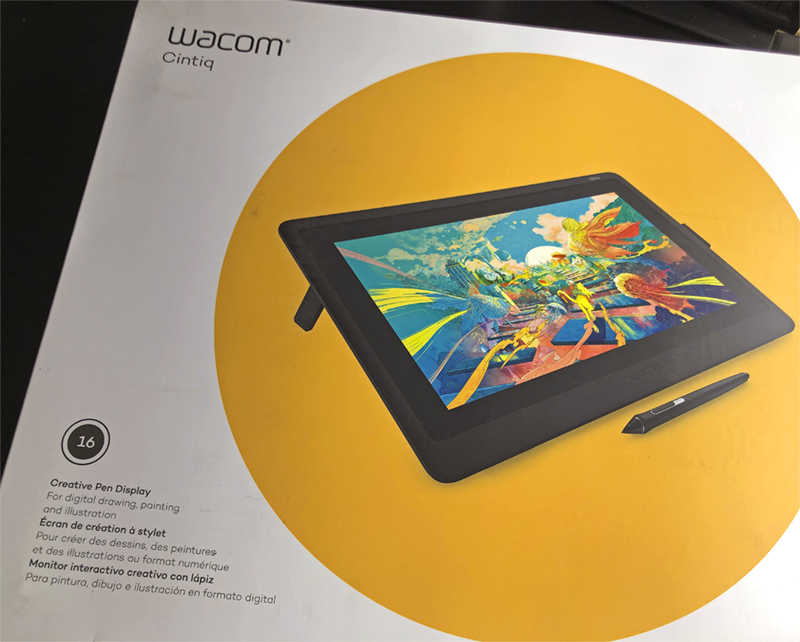
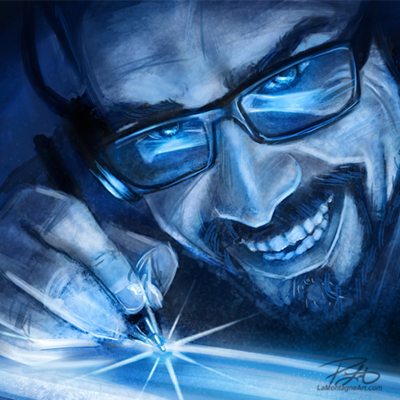 When I was in my early twenties, at the end of my five years in the Reserves, I had the opportunity to work as a paid extra on the movie Legends of the Fall.
When I was in my early twenties, at the end of my five years in the Reserves, I had the opportunity to work as a paid extra on the movie Legends of the Fall.
It was a fantastic experience, full of great stories. I’ve written about this before, here’s the link if you’re interested.
If the story is moving and you’re captivated, a good movie should allow you to suspend your disbelief. Sure, there might be continuity errors from time to time, and we all know that the science behind a lot of movies is pretty loose. But a good story should keep you interested, a willing participant in the fantasy delivered on screen.
Even movies based in reality will stretch and squash the truth to tell a better story. We welcome the lie because even with amazing real-life stories, the movie version will be better.
People will say they want to know how the magician performs his illusions, but it’s almost always disappointing when you do. The fun lives in the fantasy and when that’s gone, it’s just a trick.
When filming began on Legends of the Fall, there were about 1000 extras. It might have been 600-700, but it was a lot. As it was a First World War epic drama, we were all young men, each in period uniform. We filmed each night, all night long, and while there was plenty of downtime on set, it was exciting when the cameras were rolling.
After the first few days, the main army was sent home, and there were 60 of us left for the next two weeks, all of whom required military experience. The reason was that we fired authentic Lee Enfield rifles in successive scenes and even blank rounds can kill if used irresponsibly.
The main battlefield looked as you would imagine. Mud everywhere, large craters, uneven terrain, burnt trees, and rows of barbed wire fence, with meandering trenches along either side. For the first few nights, all we did was run back and forth across the field, an army whose only enemy was time and money.
We did quite a few rehearsal runs, choosing our routes to minimize collisions, or tripping on obstacles in the way. Before each run, an Assistant Director would walk down the line, pointing to every second, third or fourth man and say, “Dead.”
This meant that at some point during your run, from one side of the field to the other, you were to fall and stay still. No theatrics, no crying out, drop and don’t move. If you weren’t supposed to die, but you tripped and fell, or an explosion went off near you, you were to consider yourself dead, resurrected only when the director yelled, “Cut!”
A few from the larger group were kicked off the set for goofing around. One guy ran across the front of the camera, looked right into the lens and gave a big smile. They dismissed him.
There were huge stadium-style lights on stands, pointed toward the field. We filmed all night long but it was almost like daylight. When you see a night scene in a movie, it’s quite bright so that the camera can see everything. Sometimes they’ll add a deep blue filter to the camera so that a scene filmed during the day looks like night. One of the giveaways for that trick is a landscape scene where you can see shadows or light details in the distance.
In those battlefield scenes, with the cameras on a hill, facing east, all the viewer would see is an army running across a field. There’s smoke, explosions, yelling, screaming, and it looks like chaos.
But that’s not what we saw.
Take another camera, position it on the eastern edge of the field and turn it west, and you’d see another army of production people, lights, tents, vehicles, cameras, and activity just behind the camera. You would also see several figures in bright orange jumpsuits, sitting in front of built-up mud mounds all over the battlefield. In front of them were control boards, their job to set off the pyrotechnics while we ran around them.
If the main actors were involved in any of the scenes, you would see a sawdust trail in the mud, the path they were supposed to run, and the rest of us were to avoid.
When I watch a movie today, if the pace is slow and my mind wanders away from the illusion, I’ll often think about how it was made and ask myself, “Where’s the Camera?”
They film quite a few movies around here in Canmore and Banff. A favourite is The Edge with Alec Baldwin and Anthony Hopkins. I watched it again recently and there are many scenes where they’re supposed to be lost in the wilderness, far from civilization. But if you’re from around here, knowing the true locations is amusing.
One particular scene was filmed just around the corner from where we live, in an open field called Indian Flats. In the movie, they’d just killed a bear, were exhausted and wondering if they were going to make it back to civilization. The mountains loom high above them, and it looks like extreme wilderness.
If the camera were raised just ten feet higher or turned 45 degrees left, however, you would see Highway 1A right beside them, the TransCanada less than a kilometre away, the light industrial area of Canmore and no shortage of local infrastructure.
It’s not something we think about while watching the movie, because we’re invested in the lie. We want to be entertained.
A side effect of that long-ago experience is that I find myself asking the same question in other areas of life as well, where the lie is not so obvious or welcome.
Where’s the camera? What am I not seeing?
While we recently killed our cable because we found we were primarily watching streaming services, I hadn’t been a fan of reality TV for this very reason. When you see people arguing, a scary suspense-filled moment, or a near-death experience on one of these shows, it gives you a whole new perspective when you start thinking about the camera and crew filming the scene. Suddenly, it seems more like a bad performance, not scary at all, and nobody is even remotely close to injury or death. The insurance people would hate that.
These shows not only film conflict, but they try to instigate it. It’s entertainment, but not reality.
The same can be said for all of the selfies and carefully curated images and videos posted on social media.
One of the most visited locations around here is Moraine Lake, near Lake Louise. It gets so busy in the summer that they periodically close the road and limit traffic, because there are so many people up there, taking photos of the Valley of the Ten Peaks.
It’s easy for one person to stand near the edge of the water, take a photo and have it look like they’ve just completed this arduous hike and are in this serene location all by themselves. But move the camera back thirty feet, and you’d see hundreds of other people taking the same photo, right beside a parking lot full of cars and buses.
You’re likely familiar with the beach feet photo, where someone takes a picture of their own feet stretched out before them on a towel or deck chair, the beach and ocean filling the rest of the scene. The caption usually reads, The Good Life or Lost in Paradise.
Meanwhile, move the camera back twenty feet, and they’re one of many people on a crowded beach, at an all-inclusive resort complete with loud music, gangs of drunken college kids and screaming children who’ve had too much sun.
Did you know that you can take a perfect picture of the Sphinx and pyramids while standing in front of a Pizza Hut in Cairo? It’s right across the street. It’s now become an online gag to take the photo from inside the Pizza Hut to capture the scene with the logo on the window. Google ‘pyramids Pizza Hut’ and you’ll see.
My favourite would have to be the one where somebody shows themselves at the gym, or in a contemplative moment looking out at the ocean, or sitting in a Zen-like lotus pose trying to convince you that they’re one with the universe. It becomes completely ridiculous when you consider that they had to set the camera/phone up, put it on a timer, rush back to pose to show you how Zen and peaceful they are before they check the photo, decide they look fat in that one and try it all over again.
Add in photo filters to change the weather or light, some feature manipulators, and a softening filter to make you look younger, which most of the time makes you look plastic.
These exercises in camera trickery happen for two reasons. One, to convince others that our best-laid plans are even better than they appear, and two, to make us feel a little better about our own lives that aren’t quite measuring up to unrealistic expectations.
And while we’re making ourselves feel better, we’re making others feel worse, and they do the same in return when they post their own staged photos. No wonder we’re all so miserable, angry and dissatisfied with life.
Whether it’s movies, reality TV, social media, the news, politics, or any other information we’re fed daily, realize that it’s all designed to sell you something. It could be a product, an experience, or an illusion, but simply put, it’s a manipulation.
A friend’s vacay pics making you jealous? Ask yourself how much time they spent snapping and uploading filtered photos instead of enjoying where they were. They were probably looking at their phone more on vacation than they do at home.
The perfect family Christmas dinner photo? The credit cards are all maxed, the turkey’s overcooked, Grandpa’s drunk and being racist again, and the dog just threw up under the table.
The politician blaming everything on his opponent and promising you he’ll fix all that ails you? That always changes right after the election, no matter who is in power. The same middle-class family he posed with at that campaign rally now can’t make ends meet, because that same politician eliminated their jobs in his first budget.
Now with deep fake technology and other software, a photo or video is no more evidence of truth or fact than a nosy neighbour gossiping over the back fence.
Fake news works because we choose to believe it. It’s designed to spread because it plays on our bias. When one person believes one of these lies, they share it with others, and as Nazi propagandist Joseph Goebbels once said, “Repeat a lie often enough and it becomes the truth.”
With a new year upon us, I would make a simple suggestion. No matter what you read, see, hear, or experience, take a moment to consider that you do not see the whole picture, especially if it’s something you want to believe. That should be your first clue.
Ask yourself if the camera is showing you something real.
Ask yourself what it’s not showing you.
Then ask why.
© Patrick LaMontagne
@LaMontagneArt
If you’d like to receive my newsletter which features blog posts, new paintings and editorial cartoons, follow this link to the sign up form.

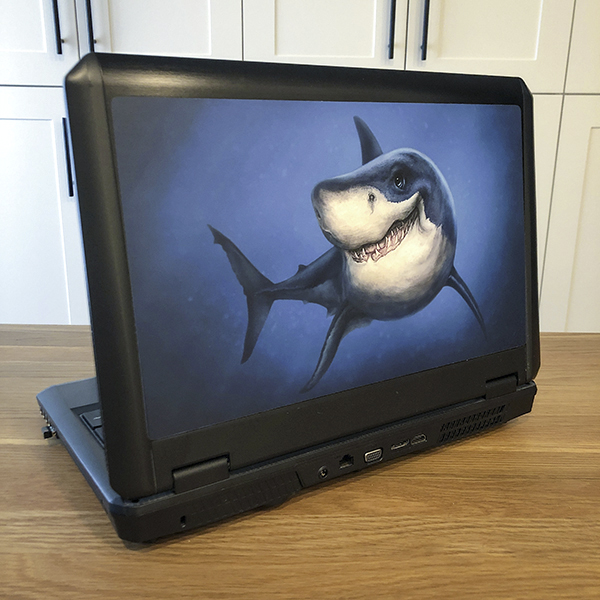 As of this week, there are now 17 of my paintings available on their site. No matter which electronic device you’ve got, there’s a good chance DecalGirl has a case or decal that will fit. They’re all pre-cut with the holes for the buttons, speakers, microphones. The vinyl is easy to apply, long-lasting and colourfast. My laptop is a pretty specific model, but I simply entered the dimensions online and when it arrived, it fit perfectly.
As of this week, there are now 17 of my paintings available on their site. No matter which electronic device you’ve got, there’s a good chance DecalGirl has a case or decal that will fit. They’re all pre-cut with the holes for the buttons, speakers, microphones. The vinyl is easy to apply, long-lasting and colourfast. My laptop is a pretty specific model, but I simply entered the dimensions online and when it arrived, it fit perfectly.
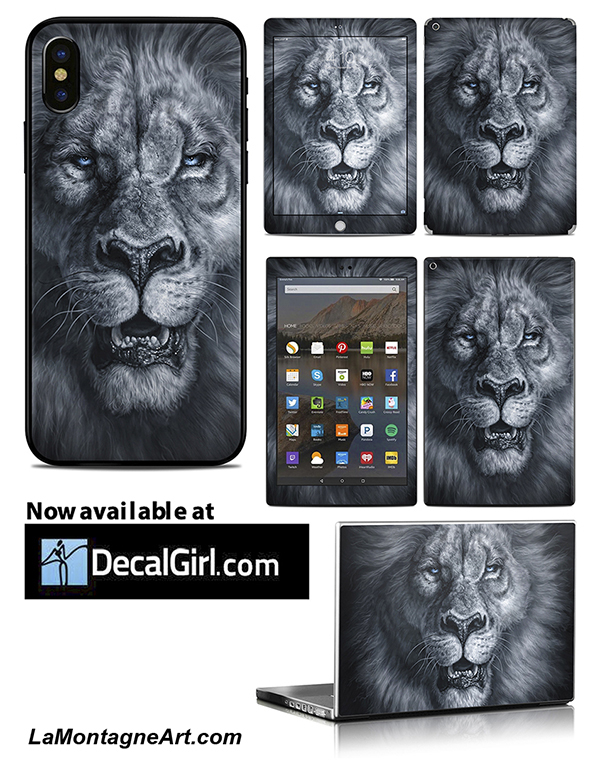
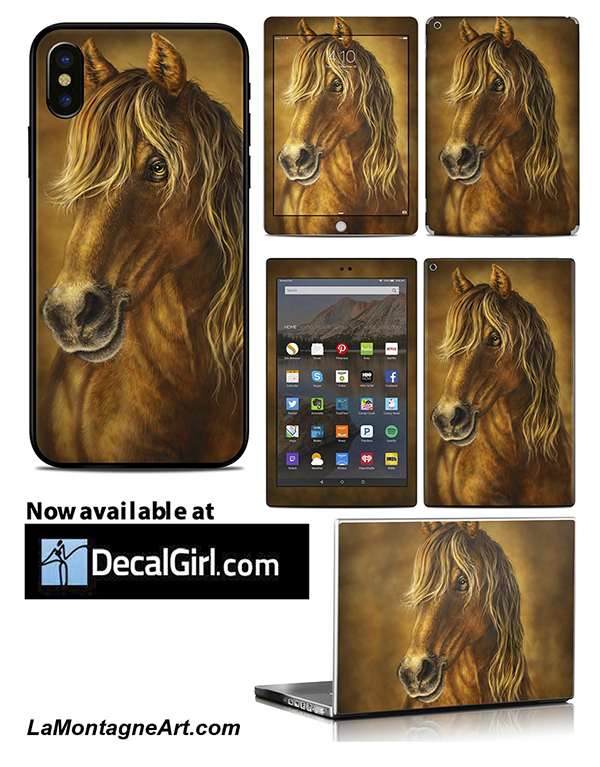
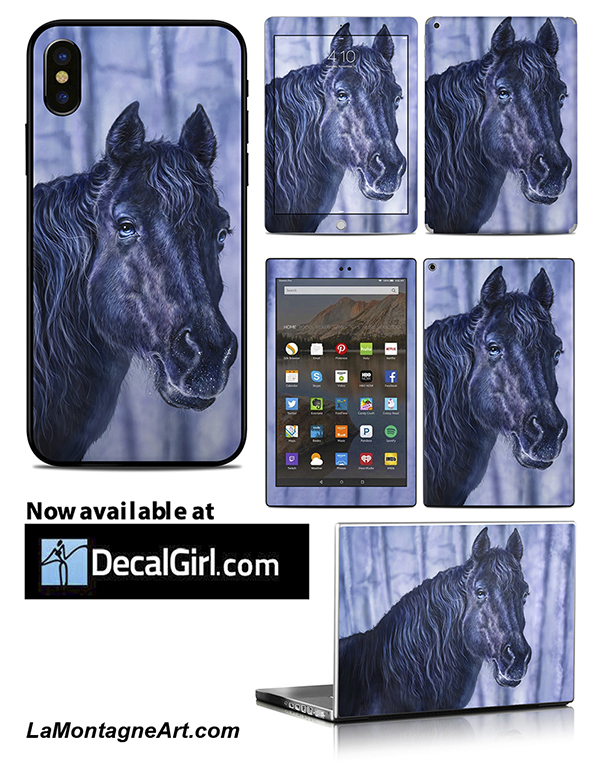
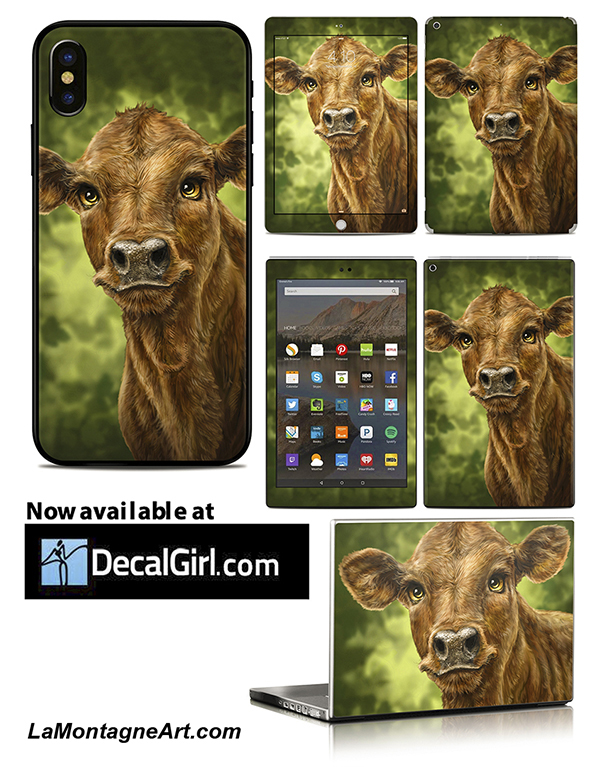
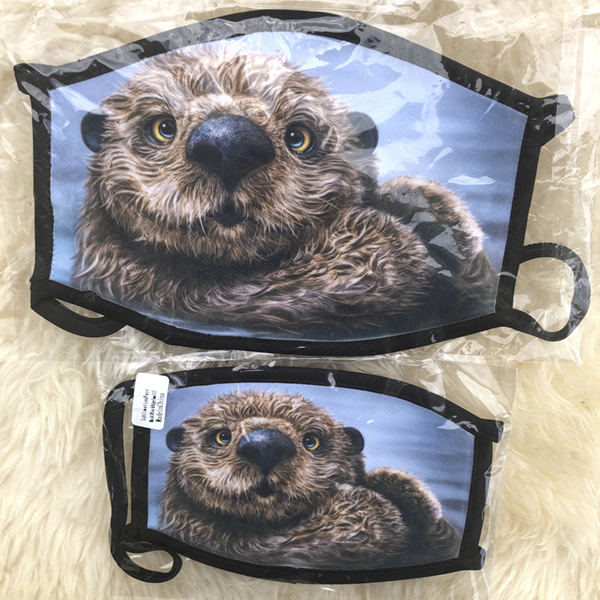
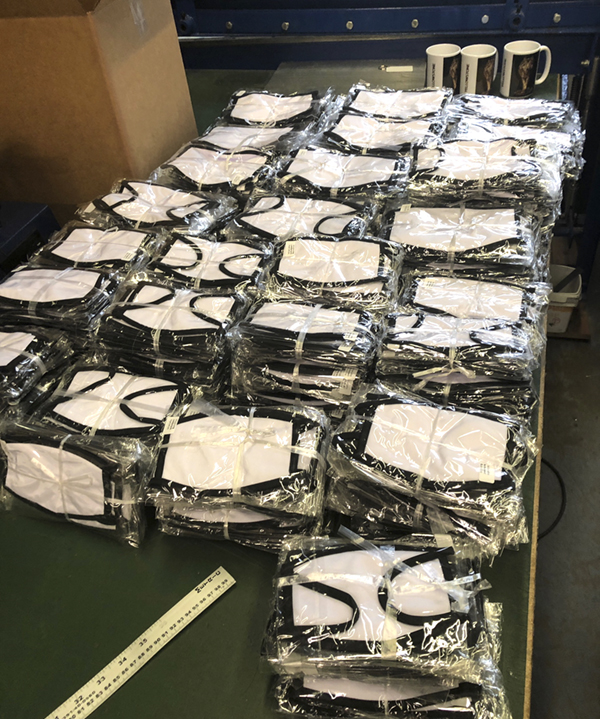
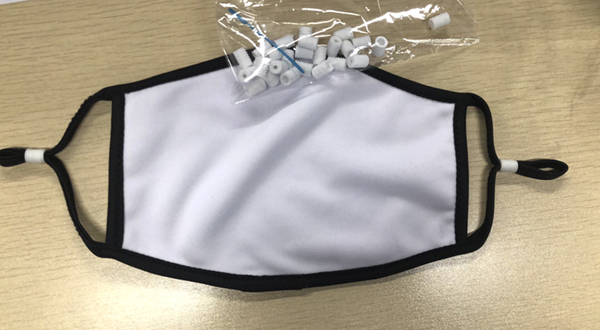
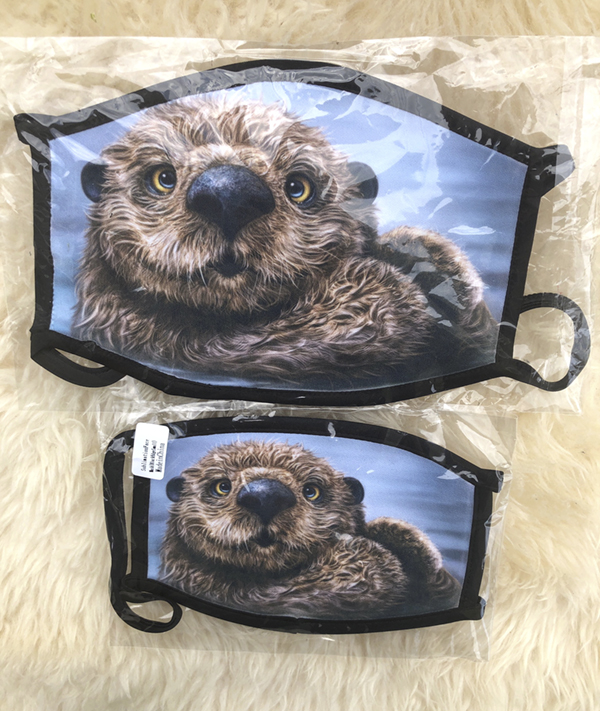
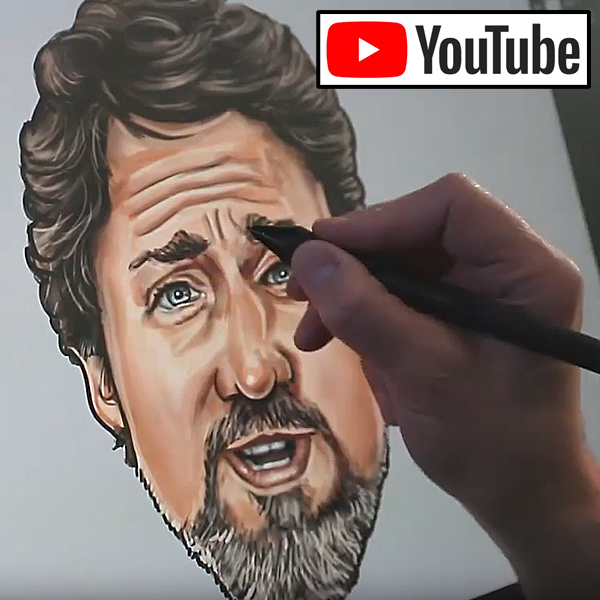
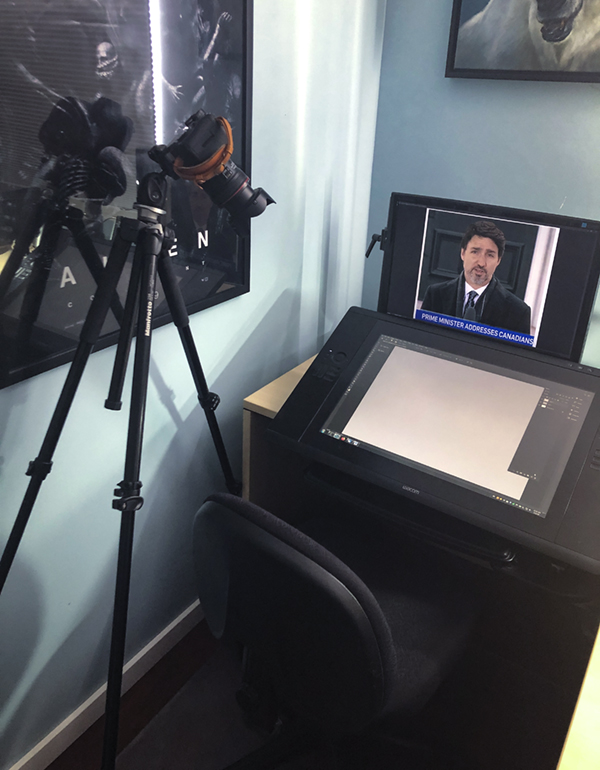

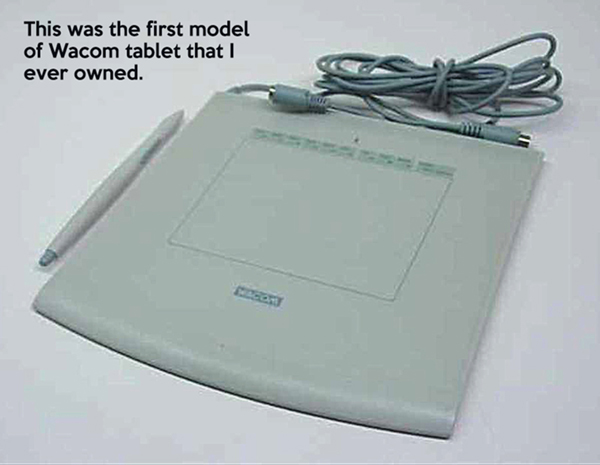
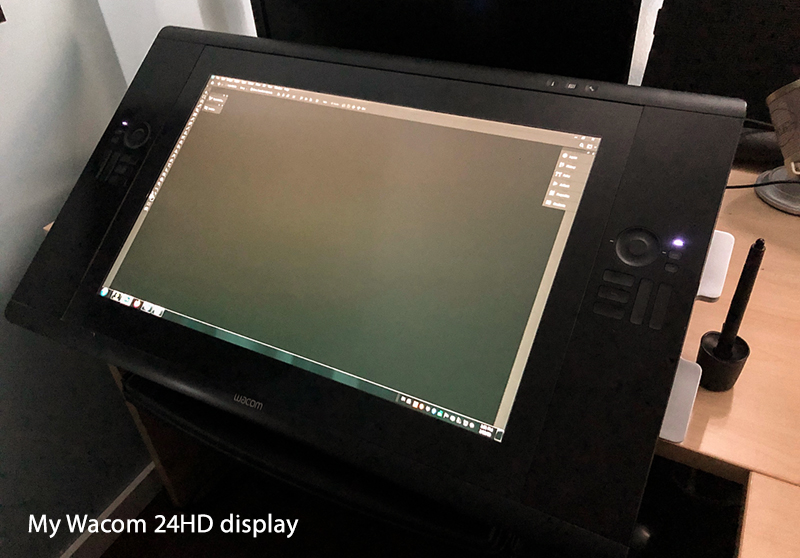
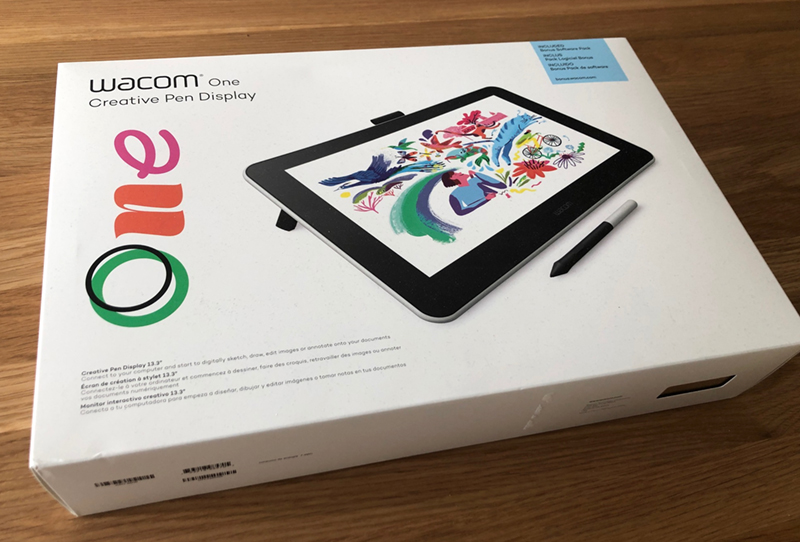

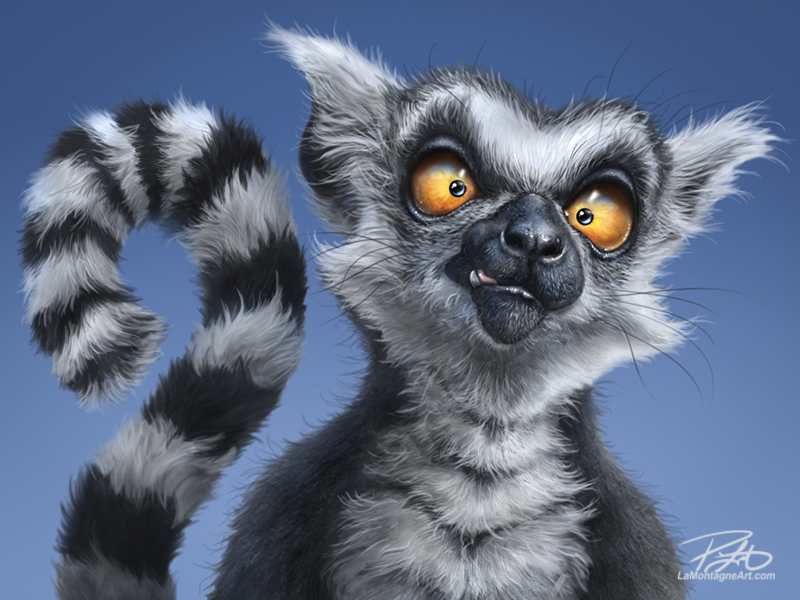

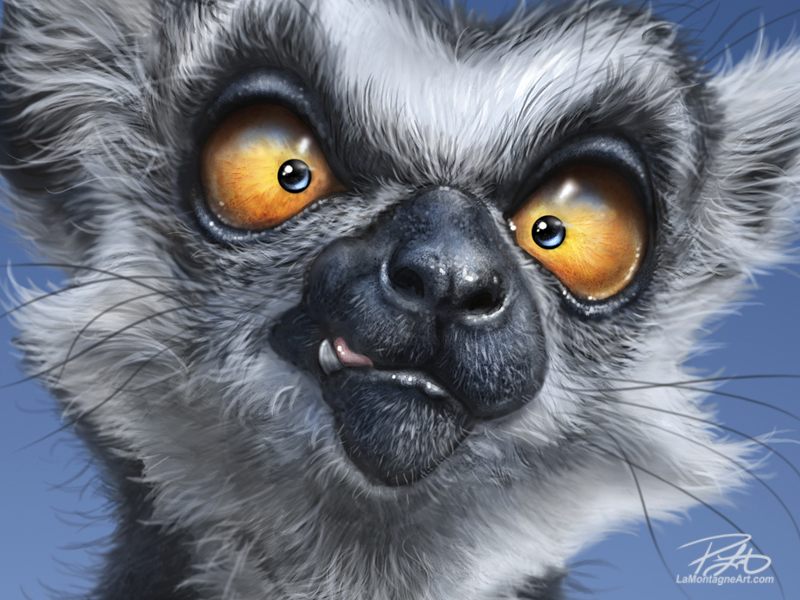


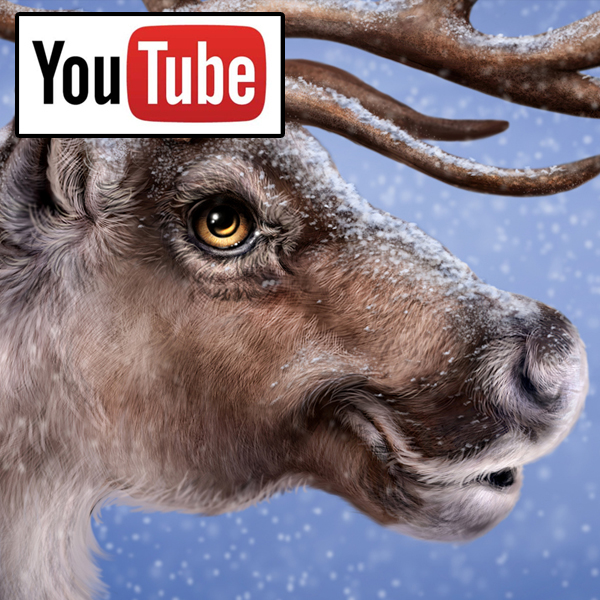


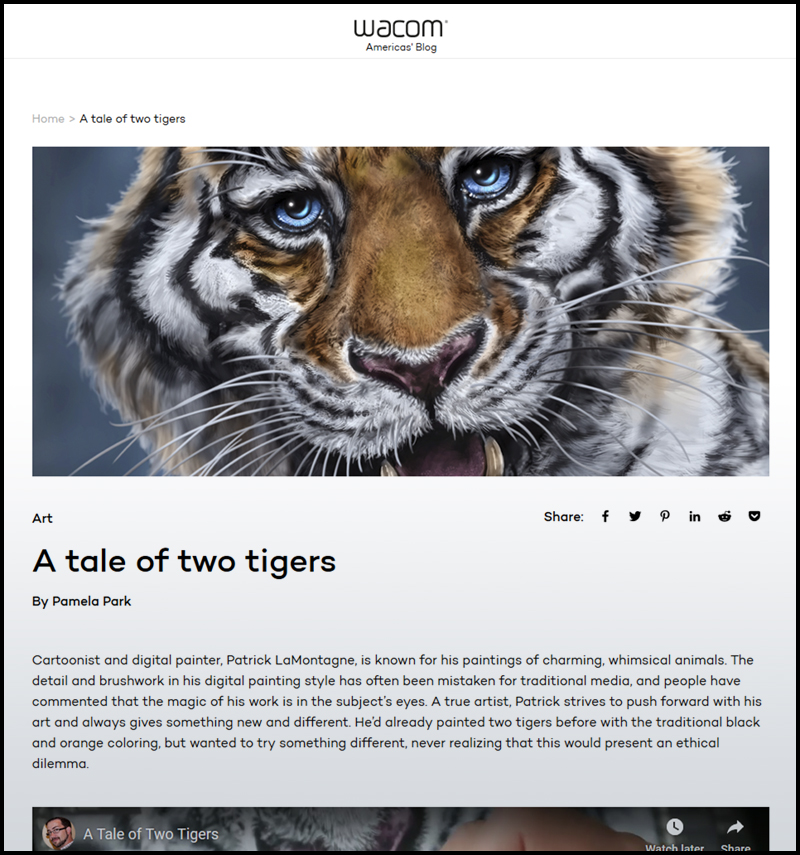 If you’d like to receive my newsletter which features blog posts, new paintings and editorial cartoons,
If you’d like to receive my newsletter which features blog posts, new paintings and editorial cartoons, 